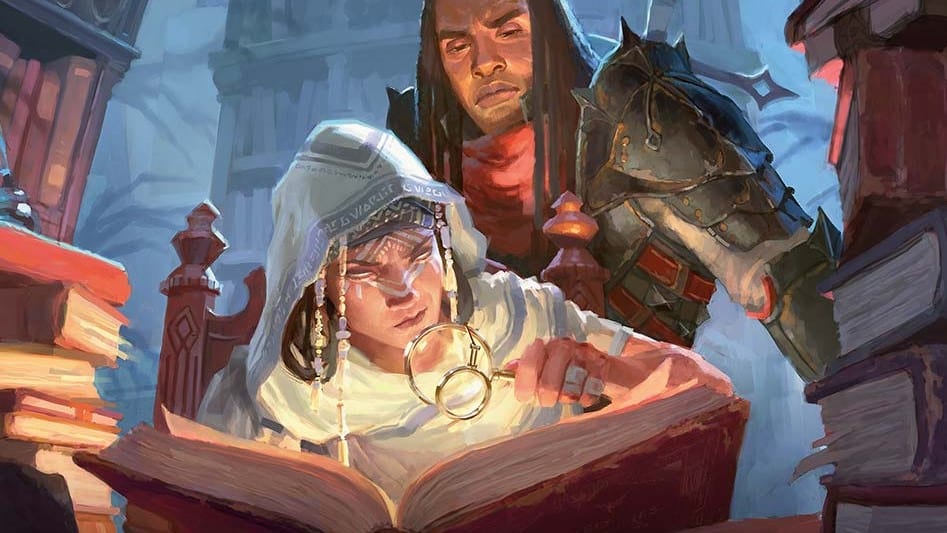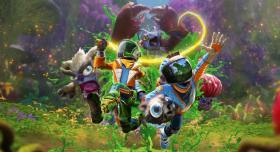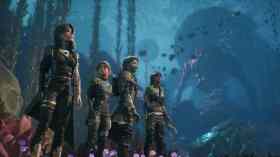The pines of the Gefrorenwald shelter the people of Croston’s Gully, a cradle of nature in which human artifice has been given room to prosper – safe from the expansionist gaze of Uraltier’s military might. The train-tracks of the Hohenwald line are long overgrown, having lain dormant since the Reigira’s decision to dissolve the long-standing alliance between the nations.
Scholars have long-debated the exact cause of this political schism, which drove the continent of Reisulmas into disorder, but the true reason is known only to me; the Dungeon Master who spent six real months of my actual life meticulously building a world of mystery, political intrigue and warfare in the full knowledge that my players were probably never going to learn any of it.
World-building is a rewarding creative endeavour for a Dungeon Master (DM), and it can be one of the best parts of preparing to run a Tabletop Role-Playing Game (TRPG or TTRPG). Creating a fantastical world of mystery and adventure for your friends to explore is a special kind of creative outlet, because you’re making something that’s often deeply personal, and sharing it with your friends in the hopes that they enjoy what you’ve made.
That said, approaching world-building incorrectly is also one of the easiest ways to burn yourself out, or raise and then shatter your expectations. Don’t worry though, because I have just the advice you need to avoid falling to the same mistakes as I have.
The most important first step in any TRPG world-building endeavour is:
Set realistic expectations
I cannot emphasise enough how important it is to identify what it is you’re trying to achieve before you start any TRPG world-building project. If you’re a new or inexperienced DM, you’re probably running a basic campaign for a few of your friends.
You might feel like you want to achieve the kind of complex, rich narrative you see in the Lord of the Rings, Game of Thrones or The Witcher, but as with any creative endeavour, world-building takes patience and practice. If you try to go too big too fast, you’re going to fail, and almost certainly burn yourself out.
And honestly? Your friends probably don’t WANT that kind of experience from you. Most players in TRPGs want to spend time with their friends telling weird little stories, not collaboratively penning the next fantasy epic.
Read: What are games for, if not community, collaboration and creativity?
Even though it’s called ‘world’-building, you shouldn’t be making an entire world your first time around. Keep your scope small and refine it over time, expanding only when it becomes relevant in your game.
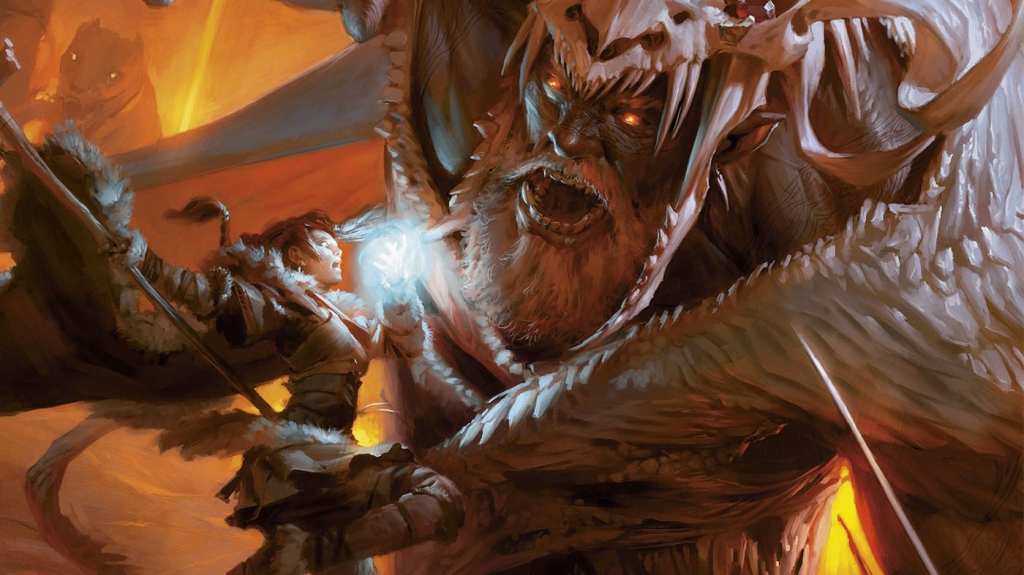
How to approach creation
So with your realistic expectations set, you’re ready to begin the actual creation process. For the sake of this article, I’m going to assume you’re preparing to run a Dungeons & Dragons 5th edition campaign with your friends, but the principles can apply to most TRPG systems.
Remember to be flexible
For a beginner campaign, it’s best to go with something fairly open and flexible, then add more specific details to suit the characters your players are making. A classic first world-building project is to create a town on the frontiers of civilization – a place that can act as a safe haven and ‘hub’ for your adventuring party, from which they can explore outward into the wilderness.
At this stage, you want to stay light on the details and come up with the town name, as well as a few NPCs (non-player characters) to populate the location. A few key spots to include are;
- The tavern (a great place to find new jobs, learn rumours or interact with townsfolk)
- The blacksmith (for purchasing new equipment, or to sell unwanted loot)
- A temple (access to healing and potions, very useful for low-level adventurers)
Cater to the characters in your campaign
With these basics in mind, talk to your players about the characters they’re going to make, so you can include relevant locations in your world. If somebody is planning to play a Druid, it’s a good idea to add a druidic grove or circle to your town. If you’ve got a Rogue in the party, perhaps include a thieves guild for them to work with.
Adding these kinds of character-specific locations will help your players actively engage with your world, rather than treating it as a backdrop for adventuring.
Tips for naming everything and everyone
Now that we know what we need to create a TRPG world, let’s go about actually creating it. You might find coming up with locations and people to be tricky, but there are plenty of online resources you can use to speed up the process.
- For names, Fantasy Name Generators has so many options that you’re bound to find something you’ll like.
- For entire NPCs, the RPG tools at DonJon are a fantastic option.
Just remember to ALWAYS say your names out loud to check how they sound before you use them in your game. You don’t want to base your campaign in the town of ‘Diznauts’ and spend half an hour trying to get your players to stop laughing at you.
Plotting out your world using mapping tools
With names selected, you might want to map out your town. Drawing it up with a pencil and paper can be fun, but if you want to make a digital map (and you’re willing to pay a little money to do so), I’ve found great success with Wonderdraft and Inkarnatem.
Both will take some practice, but the results are more than worth it.
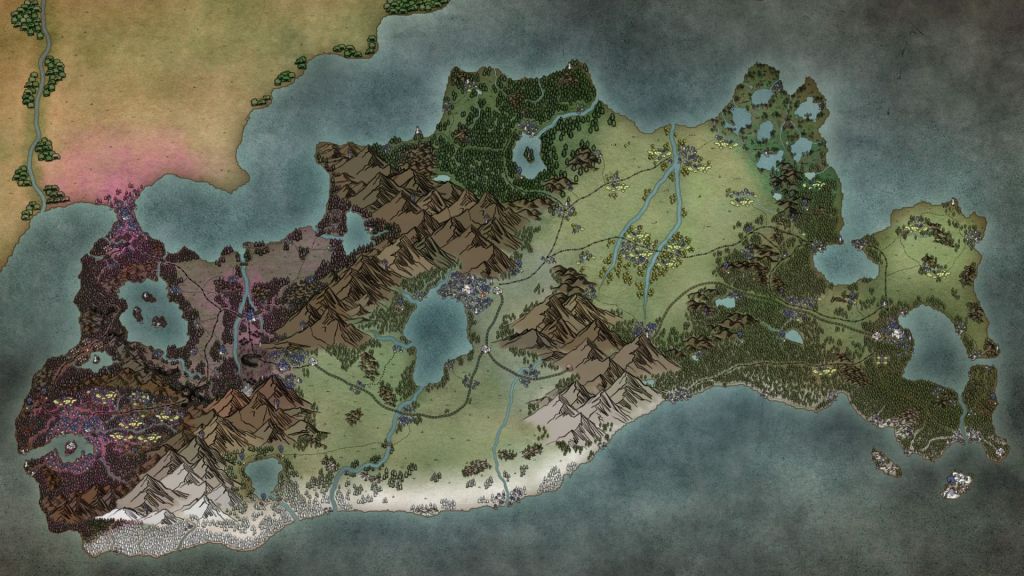
If you’re having trouble with ideas, you could also try the excellent town generator by Watabou. Just remember, while maps are fun to make and use, they’re absolutely non-essential for a TRPG experience.
Draw on everything for inspiration
Finally, the best resource at your disposal is every piece of media you’ve ever consumed.
When it comes to making a world for your own personal use, don’t hesitate to steal inspiration from everywhere you can. For the best results, use ideas from media that your friends haven’t seen before (this will make you seem more original, a great boon for any DM).
And of course, don’t hesitate to ask for help or feedback from other DMs. Almost all of us are keen to see more people in the hobby and talk about our own creations.
If you need help with any of the resources I’ve linked here, or if you have any questions about world-building or DMing, you’re more than welcome to shoot me a message on Twitter.
This article has been retimed since its original publication.
